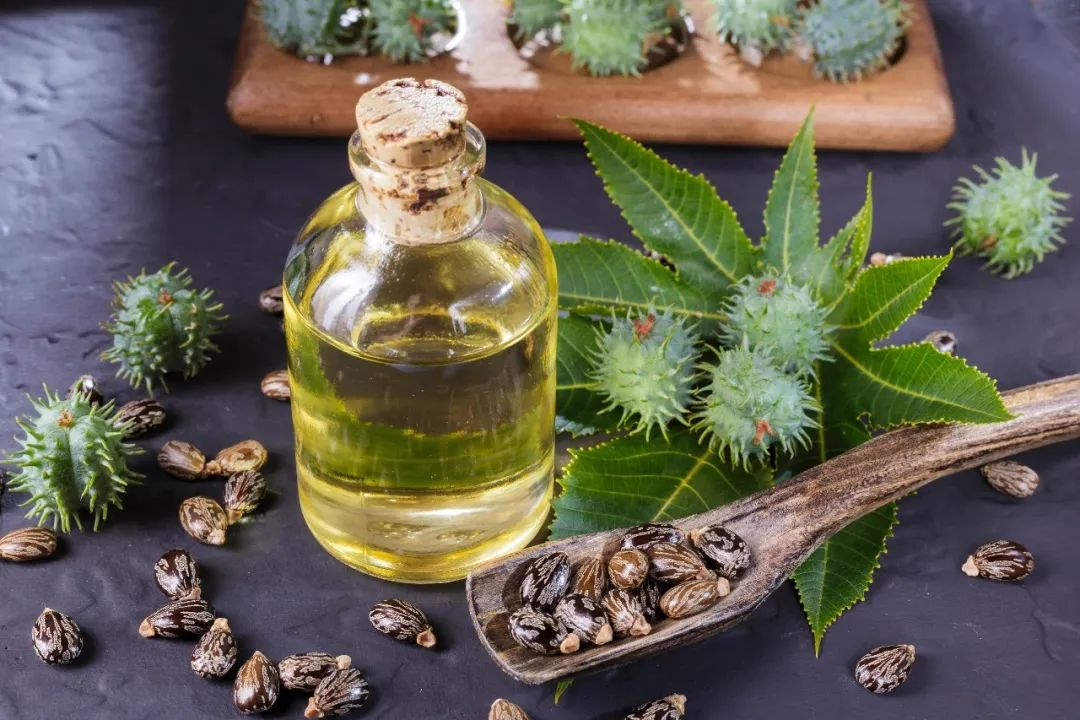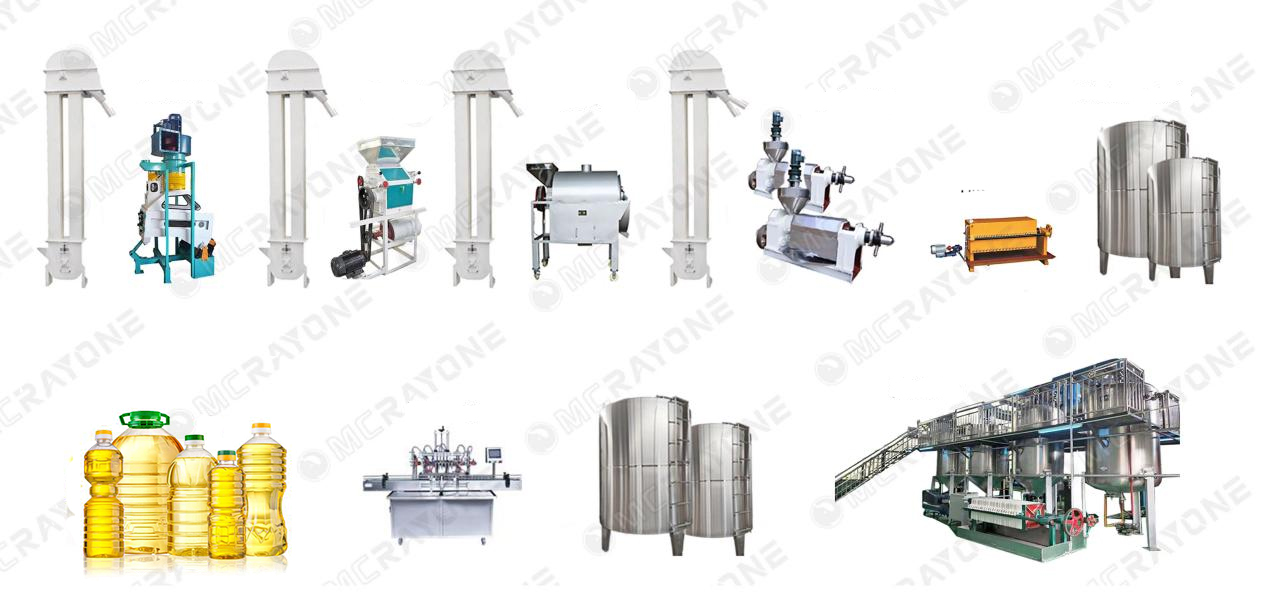Datetime: 2023-10-24 10:24:40 Visit: 1155

Castor oil is one of the top 10 oil crops and the top 4 inedible oil crops in the world. It is a vegetable oil with unique properties in nature. Castor oil contains ricinoleic acid, oleic acid, linoleic acid and stearic acid. Among them, ricinoleic acid accounts for about 88% - 90%. Castor oil is a dry oil produced from castor seeds. It does not solidify at -18 degrees Celsius and does not deteriorate or burn at 500 - 600 degrees Celsius. Hairy castor oil is made into refined castor oil through deacidification, washing, dehydration, decolorization and filtration.

The fruiting period of castor beans is from July to October. The picked castor seeds are cleaned and divided to obtain castor seeds of the same size. The oil content of castor seeds is about 50%, and the oil yield varies between 42% and 45% depending on the technology and processing equipment. The castor seeds are then shelled (the main component of the shell is cellulose pigment). After shelling, the castor seeds are rolled into embryos and then put into a steaming wok for steaming and frying, and then pressed using a screw press to obtain hairy castor oil. . Castor oil prepared in different ways has different uses. Castor oil prepared by a hydraulic cold press at a temperature below 50°C is used as medical oil; castor oil prepared by crushing the cold-pressed cake and pressing or leaching it again is often used as industrial oil; screw oil presses directly press or use pre-pressing , The castor oil obtained by leaching can only be used as industrial oil.
Screw oil press process for squeezing castor oil
Cleaning → rolling → steaming and frying → screw oil press pressing → filtering → refining

Points to note during production:
(1) Castor seeds contain an esterase enzyme, but this enzyme will quickly decompose the fat in the castor seeds into fatty acids before pressing and after rolling the seeds. The speed is very fast. As long as it is stored for a few hours, the decomposition speed can be doubled. The rolled billet must not be left for a long time and must be pressed immediately.
(2) The shell of castor seeds is hard and fragile, and the fineness after crushing is large. During production, it is necessary to avoid the sticking phenomenon of the blanks during transportation and processing.
(3) Castor oil has certain properties, is easy to emulsify with water, and has a high viscosity. Therefore, before filtration, the castor oil refining production line must reduce the moisture content of the castor oil to less than 0.3% and raise the temperature to more than 80 degrees Celsius, otherwise filtration will be difficult.
(4) Castor oil has a relatively high relative density and high resistance, making it difficult to separate from water. Therefore, the precipitated waste in the water distribution tank, the salt water waste in the mixing oil tank, and the floating emulsion in the liquid seal tank must be collected for cooking. deal with.
